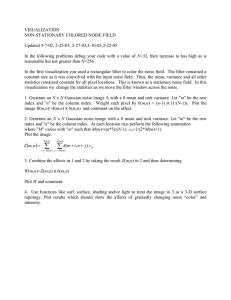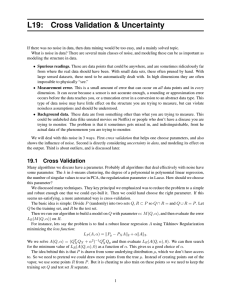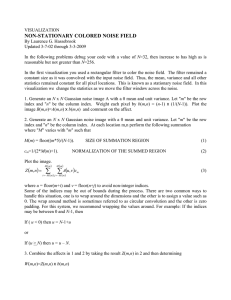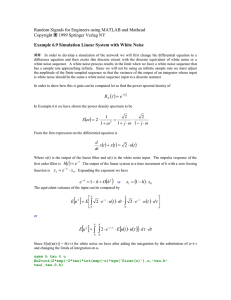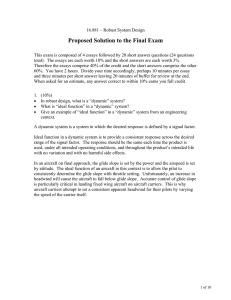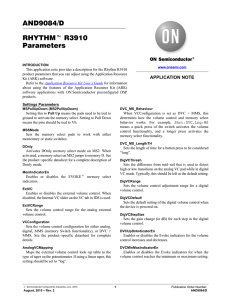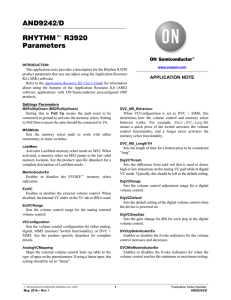Quiz #7 Design of Dynamic Systems
advertisement
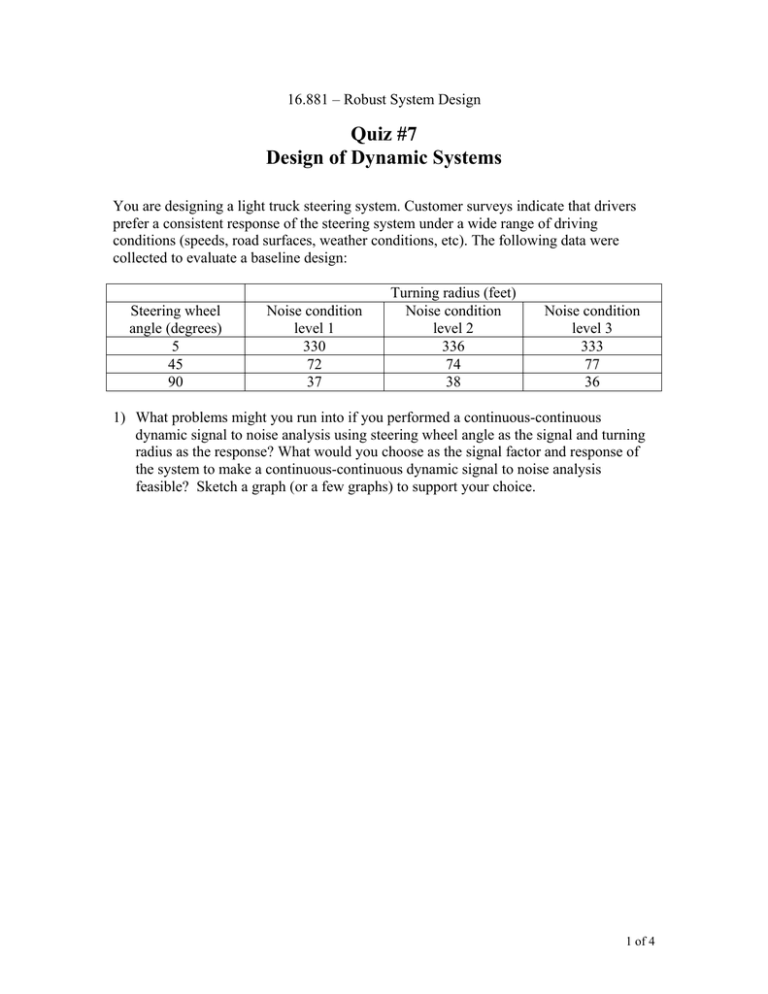
16.881 – Robust System Design Quiz #7 Design of Dynamic Systems You are designing a light truck steering system. Customer surveys indicate that drivers prefer a consistent response of the steering system under a wide range of driving conditions (speeds, road surfaces, weather conditions, etc). The following data were collected to evaluate a baseline design: Steering wheel angle (degrees) 5 45 90 Noise condition level 1 330 72 37 Turning radius (feet) Noise condition level 2 336 74 38 Noise condition level 3 333 77 36 1) What problems might you run into if you performed a continuous-continuous dynamic signal to noise analysis using steering wheel angle as the signal and turning radius as the response? What would you choose as the signal factor and response of the system to make a continuous-continuous dynamic signal to noise analysis feasible? Sketch a graph (or a few graphs) to support your choice. 1 of 4 2) Estimate the slope of the least squares regression line (β) between your chosen signal and response. 3) Estimate the error variance (σe2) for your chosen signal and response. 4) By parameter design, the signal to noise ratio of the system was increased by 12 dB while the error variance remained constant. What is your new estimate of β? 5) Give an example of a scaling factor that can be used to return the value of β back to its original value prior to the parameter design. 2 of 4




